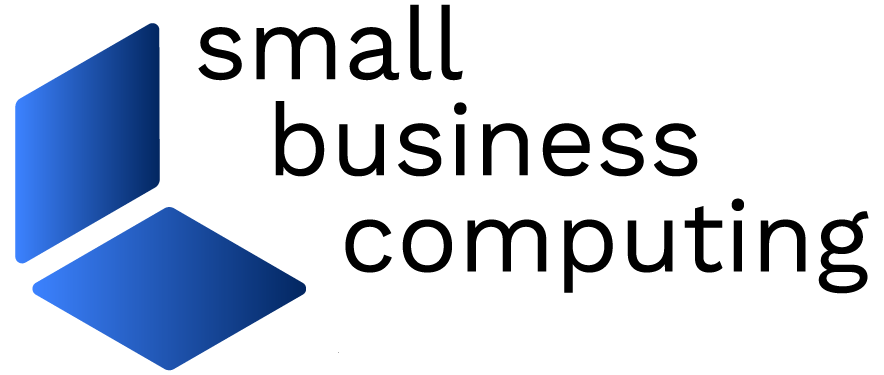Think that having an eye-catching logo and distinctive online brand don’t matter — or are unimportant if you have a distinctive product or service or low prices? Think again. Both elements play a crucial part of a successful small business marketing plan.
“I won’t go so far to say that having a good or bad logo will make or break the success of your business,” said Candy Phelps, the owner of iCandy Graphics and Printing, “but it will definitely increase your success if you have a great logo and branding identity. If you have a cheap-looking, generic website and a cheap-looking logo, you’re sending a message to your customers that you may be cheap about other areas of your business, like your products and services.”
Put another way, think of your website as your top salesperson or your first point of contact with prospective customers.
“You wouldn’t hire, or keep, a salesperson that went out to meet customers in ripped jeans and a t-shirt, without showering, would you?” asked Brad Leszczynski, the chief creative officer at 8fold. “So why would you have an awful looking website and a badly designed logo? If a customer perceives your business — based on your logo and your website — to be sloppy, what are they going to think about the product or service you are offering?”
Think about the last time you went to buy a product or service and were faced with multiple online choices. Did you gravitate to the website that looks like it was designed at the dawn of the Internet age — crammed with text, with multiple colors, fonts and images and hard-to-use navigation?
Or did you shop at the well-designed, easy-to-navigate site with the memorable name and eye-catching logo and color/design scheme?
If you are like most people, nine out of 10 times, price being relatively equal (or even unequal), you chose the business with the attractively designed website with a clear branding message. And your customers are doing the same thing.
Small Business Marketing 101: How to Stand Out Online
“As a small business, you really want to try to stand out online — and not look small,” explained Renata Bodon, the founder of One Small Step reusable lunch products. “So many people are selling similar things on the Web, and you want people to shop at — and come back to — your site. You [need] to make yourself look bigger — and professional.”
For Bodon, looking like she meant business meant creating a unique online identity and logo that really captured the philosophy behind One Small Step.
“It started with the name,” she explained. She wanted something people would remember, that would set her online store apart from others that sold similar items — a good marketing strategy for any business. She ultimately chose “One Small Step” because she “wanted to get across that making the switch to reusables wasn’t a huge effort but one small step,” harking back to astronaut Neil Armstrong’s famous “one small step for man” quote.
Then Bodon worked closely with a designer to create a distinctive and memorable logo that embodied that message.
“A logo was very important for us,” she said. “We put it on our shopping bags, our shipping boxes and the thank-you notes that we place in every order.” Bodon wanted to remind people that they weren’t just packing lunch; they were helping to save the planet. That’s why the One Small Step logo features a small Earth with a small footstep on it, as a “subtle reminder… of each person’s impact on the Earth.”
The One Small Step logo, which set the tone for the rest of the One Small Step website, has had a positive impact on sales. Bodon noted that people are often surprised to find out she has only been in business a short time, because her site looks so professional. “And that has really helped gain customers’ trust,” she said.
Babak Zafarnia, the founder and president of Praecere Public Relations, also felt it was important, when establishing his business and website, to create a logo and corporate/online identity that would resonate with prospective customers.
“Praecere Public Relations has to compete with so many other [PR] firms,” Zafarnia explained. “What sets us apart and distinguishes our business… is our expertise, experience and creativity.” He felt it was essential to create a logo and website “that was consistent with those themes and amplified them.”
More often than not, your logo and your website are your customers’ first encounter with your business, Zafarnia explained. And they “need to connect on an emotional level if you are going to get people to click through your site.”
As for Praecere Public Relations’ logo and branding, they often serve as one of the first talking points when meeting with new clients. That gives Zafarnia and his partner a jumping off point to discuss the company’s philosophy and services.

